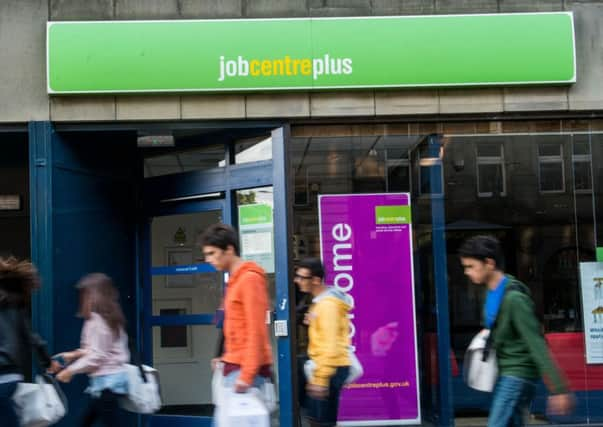Martin Flanagan: Jobless data latest case of curate's egg
This article contains affiliate links. We may earn a small commission on items purchased through this article, but that does not affect our editorial judgement.


The data since the UK’s European Union referendum in June has been resilient, sometimes robust, despite the heightened climate of business uncertainty. But the figures have virtually always carried the caveat that worse times might be round the corner.
Yesterday’s news that UK unemployment has fallen to an 11-year low followed the pattern. Government officials predictably played the “business as usual” card as unemployment fell 37,000 to 1.6 million in the three months to September – an enviably low jobless rate of 4.8 per cent.
Advertisement
Hide AdAdvertisement
Hide AdBut the EU Remainers seized on the rise of just 49,000 in the number of people in work being the smallest increase since the three months to March, and well down on the consensus forecast of 91,000.
Rather than focusing on the 11-year low in unemployment, the sceptics say the marked slowdown in jobs growth showed that the labour market is cooling as businesses delay investment following the Brexit vote.
The British Chambers of Commerce is among organisations who have said their members are telling them this. The Bank of England has also forecast that unemployment is set to rise amid the uncertainty over Brexit. “Good, but…”
The jobless data comes the day after UK inflation figures for October came in lower at 0.9 per cent when most pundits expected a further upwards move from the 1 per cent recorded in September.
However, the overwhelming consensus is that October was just a blip in the relentless upwards path of inflation, and that a spike in input prices following the summer collapse in the value of sterling would drive it. Another example of “Good, but…”
Decent services and manufacturing figures over the summer after the Brexit vote took many by surprise; the economy was obviously not a blasted heath.
But many commentators, including myself, have argued that despite this undoubtedly better than expected economic picture, if Brexit negotiations were going to have a damaging effect on the UK economy it was never likely to be an overnight cataclysm, but rather a gradual disadvantageous change in our trading conditions.
Sort of good, but…